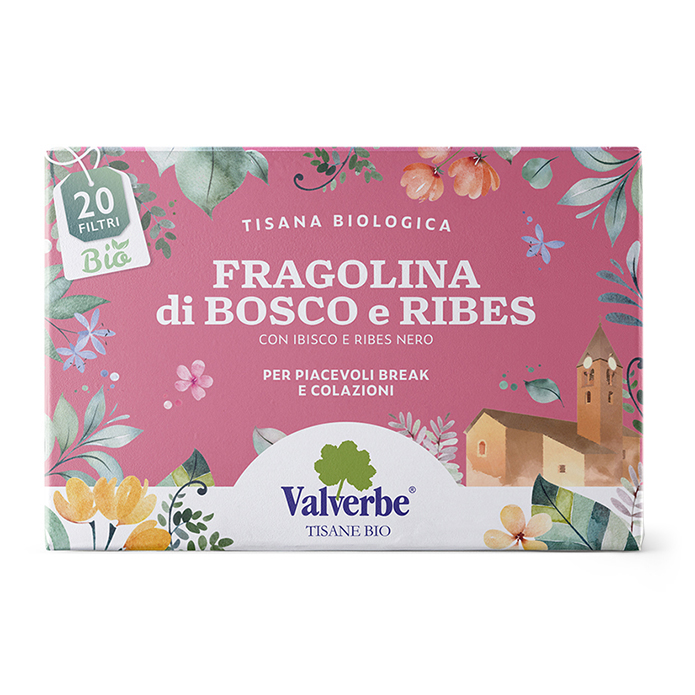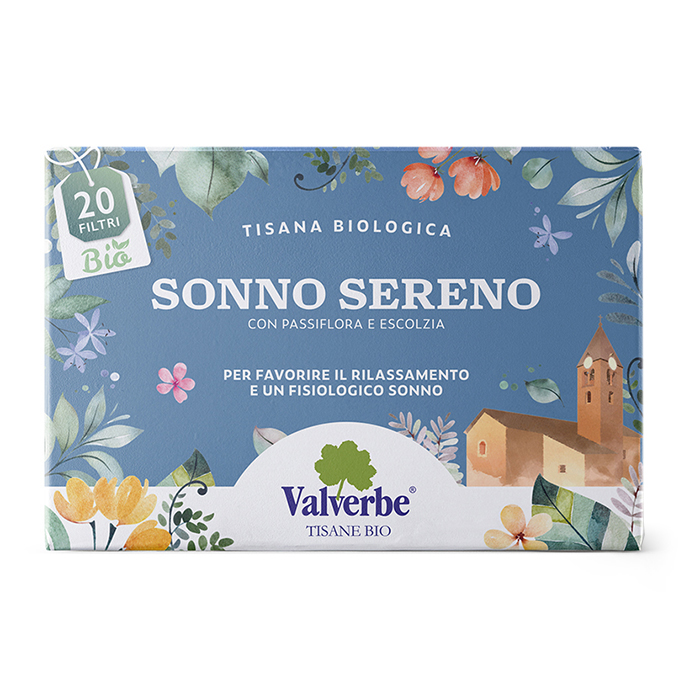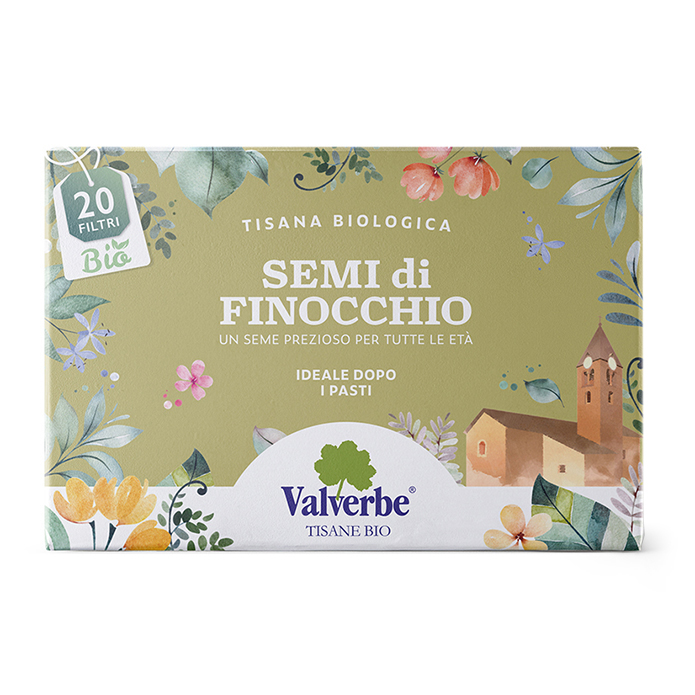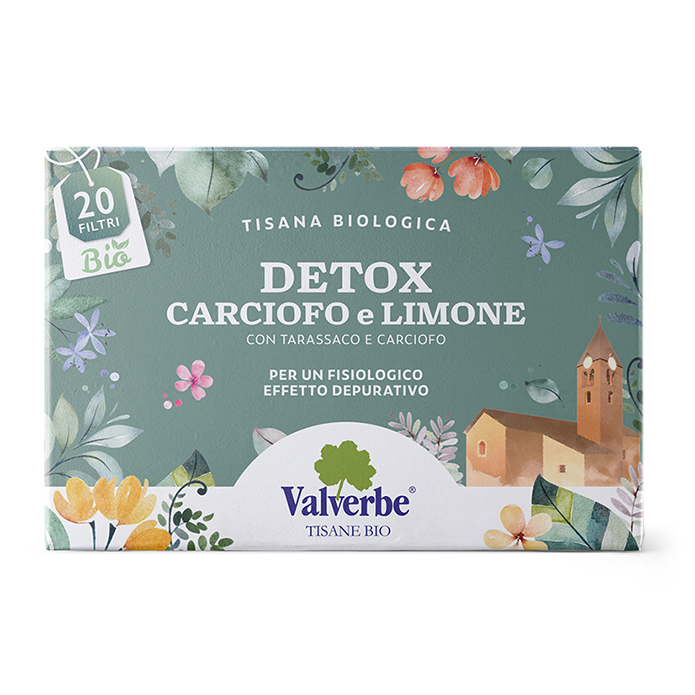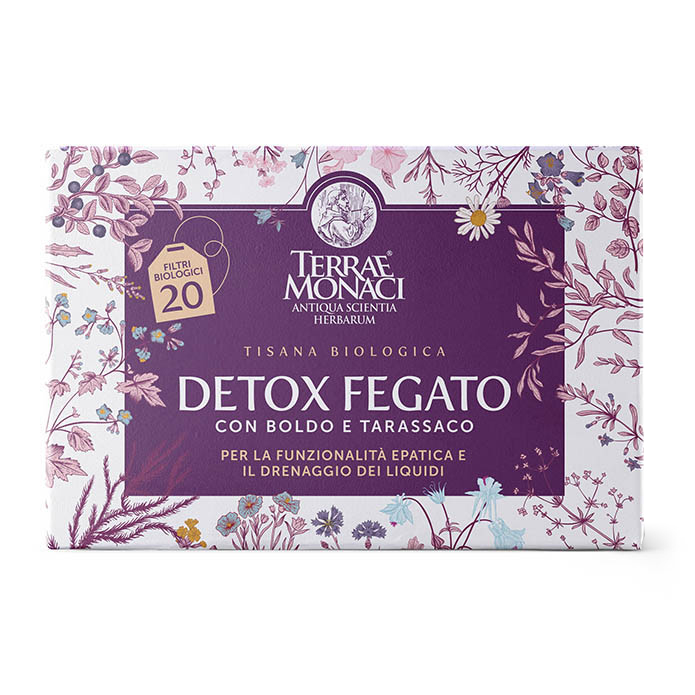Showing 1–12 of 178 resultsSorted by popularity
-
Sale!
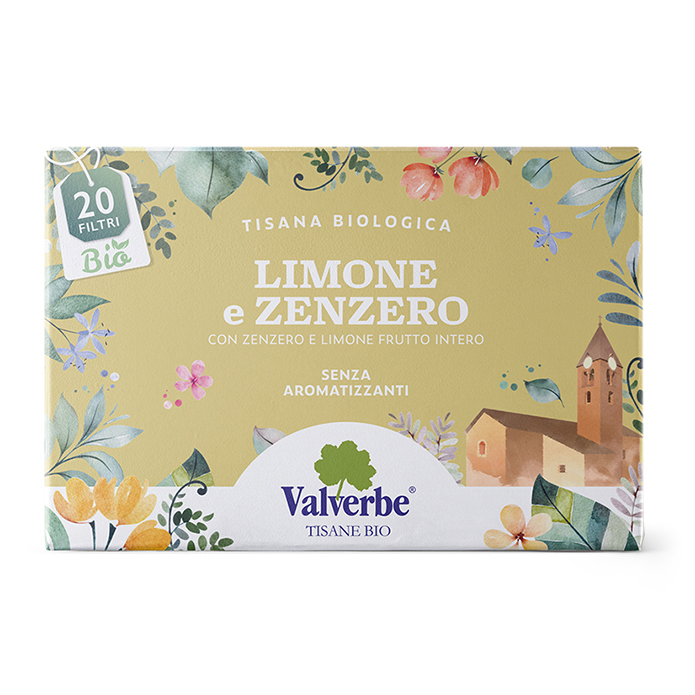
Lemon and Ginger Herbal Tea – Valverbe – 30g – 20 Filters
Original price was: 3,90 €.3,50 €Current price is: 3,50 €. -
Sale!
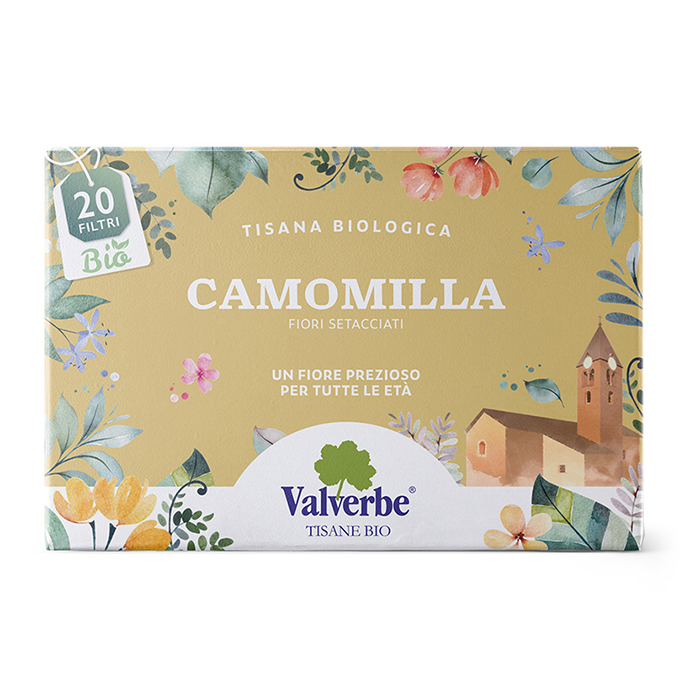
Organic Chamomile Herbal Tea – Valverbe-20g-20 Filters
Original price was: 3,90 €.3,50 €Current price is: 3,50 €. -

Zero Stress Herbal Tea – Valverbe-30g-20 Filters
3,50 € -
Sale!
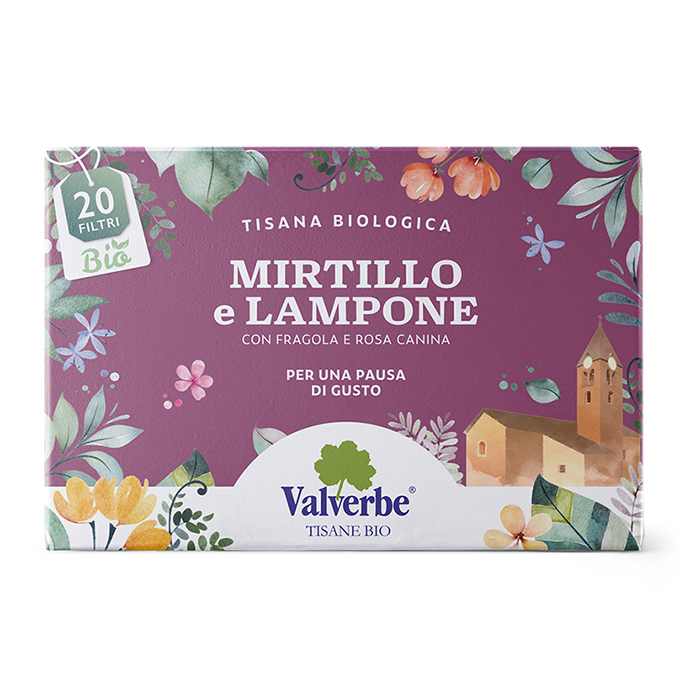
Blueberry and Raspberry Herbal Tea – Valverbe-30g-20 Filters
Original price was: 3,90 €.3,50 €Current price is: 3,50 €. -
Sale!
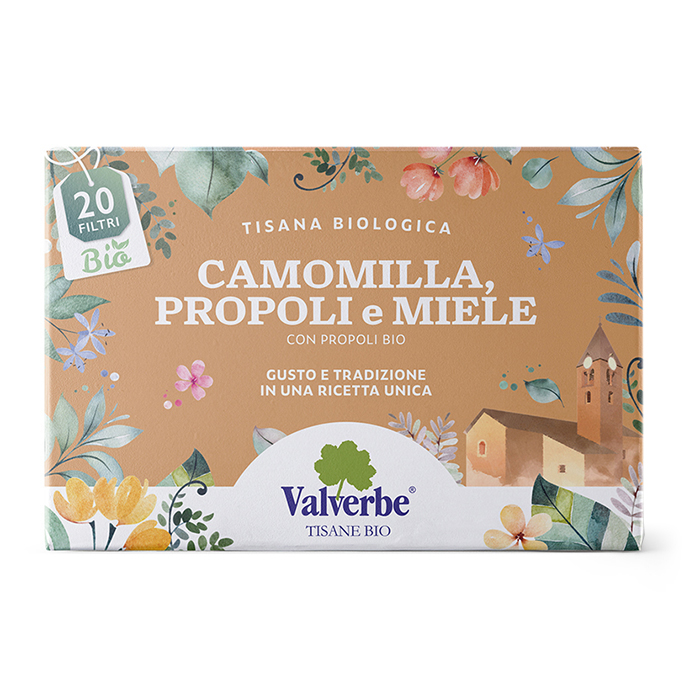
Chamomile, Propolis and Honey Herbal Tea – Valverbe-20g -20 Filters
Original price was: 3,90 €.3,50 €Current price is: 3,50 €. -
Sale!
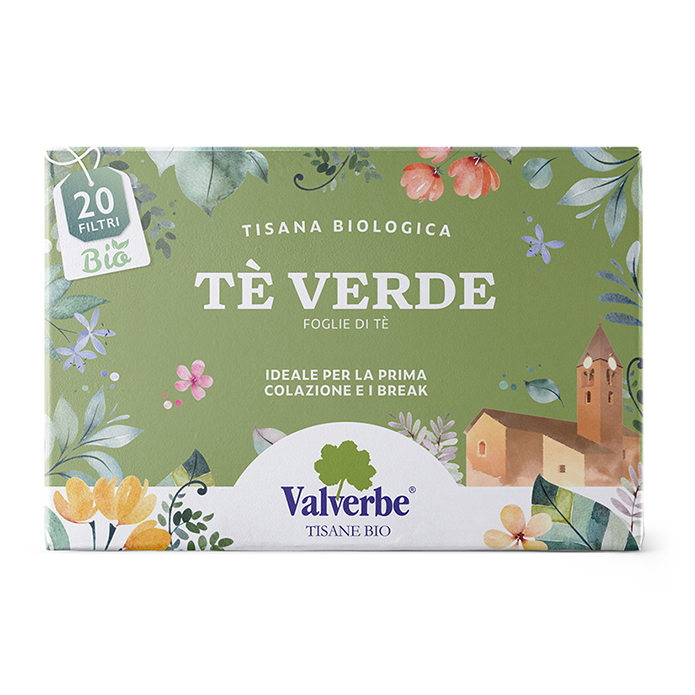
Green Tea – Valverbe-30g-20 Filters-
Original price was: 3,90 €.3,50 €Current price is: 3,50 €. -
Sale!
Wild Strawberry and Currant Herbal Tea – Valverbe-30g-20 Filters
Original price was: 3,90 €.3,50 €Current price is: 3,50 €. -
Peaceful Sleep Herbal Tea – Valverbe-30g-20 Filters
3,50 € -
Sale!
Relaxing Linden and Orange Herbal Tea – Valverbe-20g-20 Filters
Original price was: 3,90 €.3,50 €Current price is: 3,50 €. -
Sale!
Fennel Herbal Tea – Valverbe-30g-20 Filters
Original price was: 3,90 €.3,50 €Current price is: 3,50 €. -
Sale!
Detox Herbal Tea Artichoke and Lemon – Valverbe-30g-20Filters
Original price was: 3,90 €.3,50 €Current price is: 3,50 €. -
Sale!
Liver Detox Herbal Tea – TerraeMonaci – 30g – 20 Filters
Original price was: 4,40 €.3,90 €Current price is: 3,90 €.
Load more products



